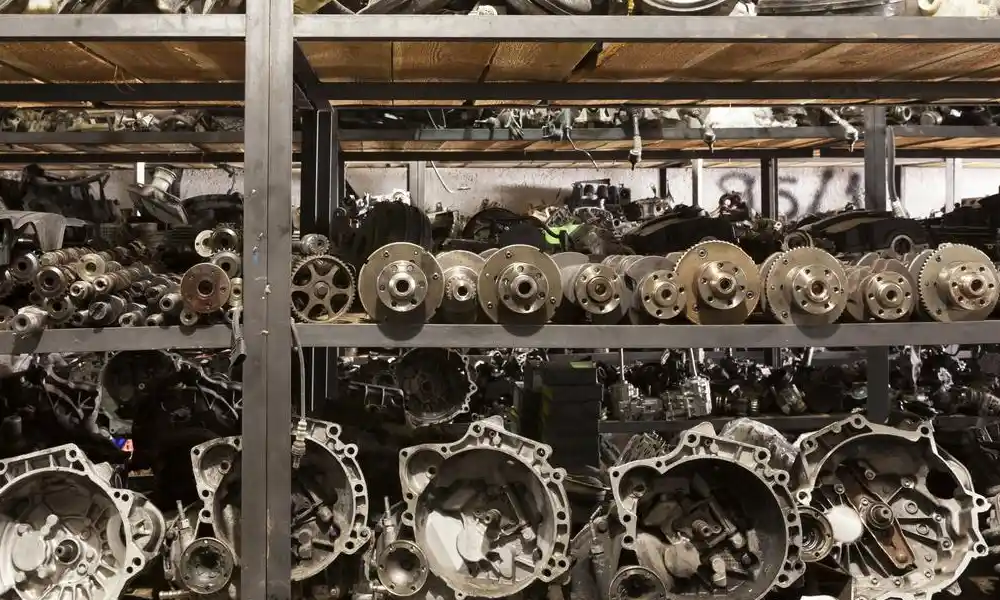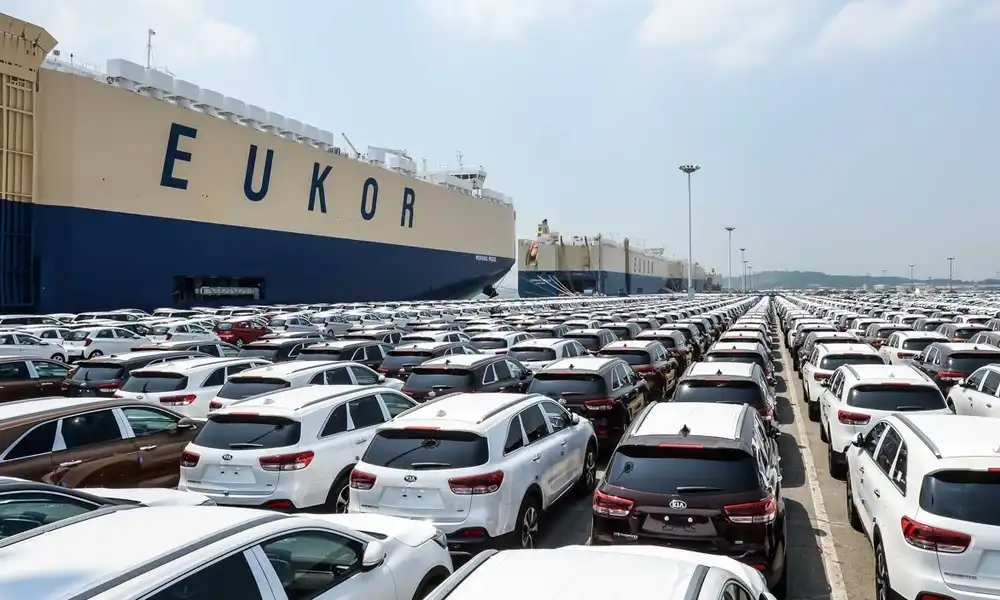To import luxury used cars from South Korea, choose a certified vehicle through a verified Korean exporter, confirm inspection documents, and arrange for international shipping. Comply with local import laws, pay customs duties, and register your vehicle upon arrival to complete the process.
UsedCarKorea.com
Importing luxury used cars from South Korea is becoming increasingly popular due to the country’s advanced vehicle certification system, high maintenance culture, and competitive pricing. This guide will show you how to safely and legally import certified premium vehicles from South Korea while avoiding common pitfalls in 2025.
South Korea is emerging as a global hub for high-quality luxury used cars, offering certified pre-owned vehicles at competitive prices. Whether you’re looking for a nearly-new Mercedes-Benz S-Class, Porsche Cayenne, or a Ferrari 458, South Korea’s meticulous vehicle inspection and certification system makes it a top destination for discerning international buyers. This 2025 guide provides a step-by-step breakdown of how to safely and legally import premium used cars from Korea to your country.
Table of Contents

Steps To import certified luxury used cars from South Korea
- Research trusted Korean exporters or dealerships.
- Verify car certifications and inspection grades.
- Check export regulations in your country.
- Finalize purchase with secure payment and inspection.
- Arrange shipping and customs clearance.
- Pay import duties and register locally.
Why Import Luxury Cars from South Korea?
South Korea is known for its rigid vehicle inspection systems and high owner standards. Many Korean luxury car owners maintain their vehicles with extreme care, often trading in for newer models within 2–3 years. The result? A market full of low-mileage, fully-certified luxury used cars. Key benefits include:
- Lower price compared to Japan, UAE, or Europe
- Transparent grading systems (KAA, K-Pass, Hyundai Glovis)
- Excellent logistics and export infrastructure
- Competitive yen-won exchange rates (as of 2025)
Understanding Korea’s Vehicle Certification System
Korea has a highly developed car grading and certification system, including:
- KAA (Korea Auto Auction): Grades from AA (Best) to D
- K-PASS Certification: Independent inspection system for used vehicles
- Manufacturer Programs: BMW Korea, Mercedes-Benz Korea, and Genesis CPO programs
Always request the Vehicle History Report (성능점검기록부) and Auction Sheet. Look for:
- One-owner history
- No accident or frame damage
- Grade 4.5 or higher (auction standards)
Choosing a Trusted Exporter or Dealership
Work with verified dealers/exporters that offer:
- English-speaking support
- Transparent pricing
- VIN checks and inspection reports
- Secure payment methods (Escrow, Letter of Credit)
Top platforms include:
- Encar.com (Korea’s largest used car portal)
- K Car (trusted domestic brand)
- Certfied Used Car from Mercedes Benz, BMW. KIA, HYUNDAI, TOYOTA, LEXUS
Request a full HD video inspection and live Zoom check before payment.
Required Documentation and Legal Compliance
You will need:
- Commercial Invoice
- Bill of Lading (B/L)
- Export Certificate (수출신고필증)
- Vehicle Registration Certificate
- Odometer and Inspection Reports
Make sure all documents are translated into English or your national language, if needed.
Customs and Import Tax Considerations
Taxes vary by country, but most common charges include:
- Import duty (0–25% depending on country)
- VAT/GST (5–20%)
- CO₂ or luxury tax (for high-displacement engines)
Use an import tax calculator (e.g., your country’s customs website) and consider using a customs broker for smooth clearance.
Shipping and Logistics
Main ports in Korea: Incheon, Busan, Pyeongtaek
Shipping methods:
- RORO (Roll-On/Roll-Off): Cheaper but less secure
- Container Shipping: Safer for supercars or rare models
Transit time:
- Asia: 7–14 days
- Europe: 30–40 days
- North America: 20–35 days
Ensure insurance (marine cargo) is included in the export quote.
Post-Arrival: Registration and Local Compliance
After customs clearance:
- Obtain local roadworthiness inspection
- Register the car at your transport authority
- Pay local plate and registration fees
- Convert navigation/language systems if needed
Consider using automotive import agencies in your country to assist with technical compliance (e.g., lighting or emission standards).
Final Thoughts
Importing a high-certified, expensive luxury used car from South Korea can offer tremendous value, especially when compared to local dealerships. However, attention to detail, a verified exporter, and a clear understanding of legal procedures are key to a smooth import experience. With this 2025 guide, you’re well-equipped to navigate the process confidently.

FAQ: Importing Luxury Cars from South Korea
Can I import left-hand drive (LHD) cars from Korea?
Yes. Korea uses LHD vehicles, ideal for countries like the US, UAE, and mainland Europe.
Are Korean luxury used cars reliable?
Yes. Due to strict maintenance culture and regular inspections, many Korean-used cars are low mileage and well-maintained.
Is financing available for imports?
Usually not directly from Korean dealers. You’ll need financing from your local bank or lender.
Can I negotiate prices with Korean exporters?
Yes. Many exporters allow negotiation, especially for bulk or repeat buyers.


